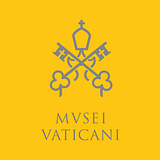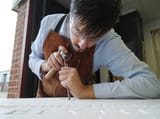Take no lift in the Vatican, but the Staircase instead!
Have you ever wondered when the stairs are better than a lift? Well, that’s the case in the vatican!
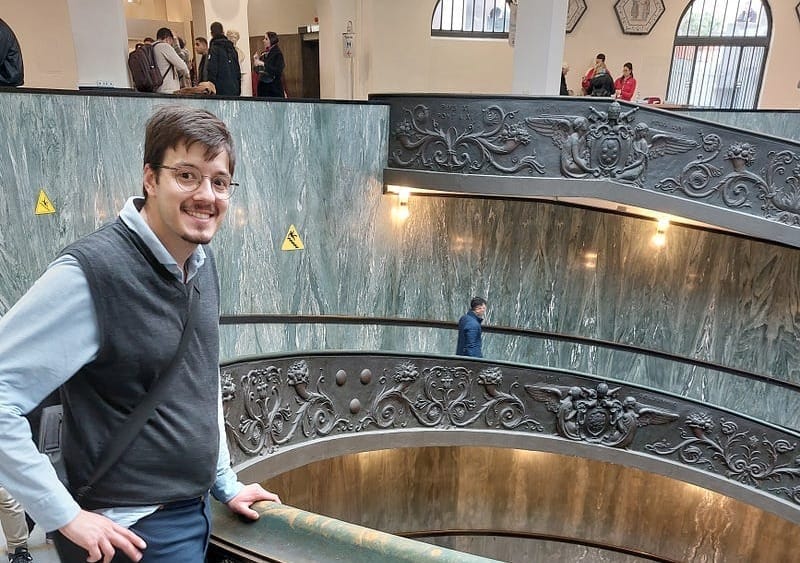
Take No Lift in the Vatican, but the Staircase Instead!
Are stairs better than a lift? Well, that’s the case in the Vatican! Learn more about the Bramante staircase and its modern version the Momo here.
If you've ever visited the Vatican Museum in Rome, you've likely been blown away by the impressive art collections housed within its walls. But did you know that one of the most stunning works of art in the museum isn't even a painting or sculpture? It's the Vatican Museum staircase, a masterpiece of architecture and engineering that's both beautiful and functional.
The Modern Staircase
The Vatican Museum stairway (designed by Giuseppe Momo in 1952), also known as the “Momo” Bramante Staircase, is located at the entrance to the museum and is one of the first things visitors see when they arrive.
Although few people know that this is the modern evolution of the original staircase, this one is actually located in the Pio-Clementine Museum.
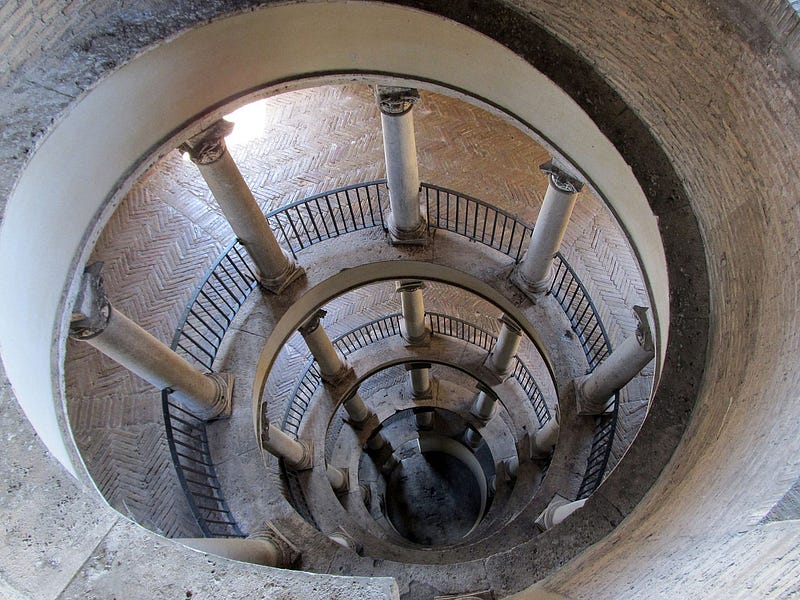
The Real Deal
The original was designed by Donato Bramante, a famous Italian architect, it was completed in 1505 and is considered one of the greatest examples of Renaissance architecture in the world.
It was originally built as a way for people and goods to move from the ground floor of the Vatican Palace to the upper floors without interfering with the pope's private quarters. It was also designed to be wide enough to accommodate horses and carriages, which were often used to transport goods and people in the 16th century.
What makes the set of steps so unique is its helix structure. Instead of a traditional straight staircase, Bramante designed the stairs to spiral upward in a gentle curve, creating a stunning visual effect. The stairs are also double helix, meaning two separate staircases wind around each other in opposite directions, but never touch.
The design has a practical purpose as well. The double helix structure allows people to ascend and descend the staircase without crossing paths, ensuring a smooth flow of traffic. It also makes it more stable and secure, as the two separate staircases support each other and distribute weight evenly.
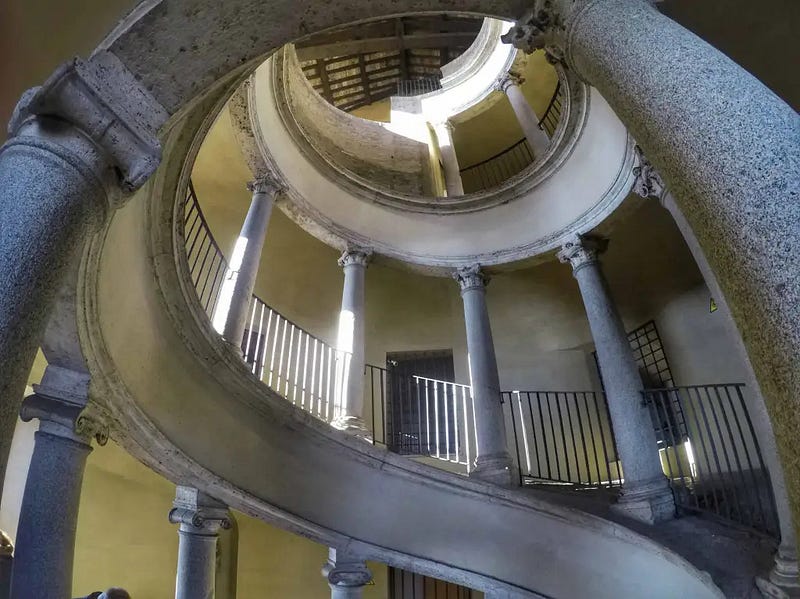
As you ascend, you'll notice that the steps are more comprehensive at the bottom and narrower at the top. This is another intentional design element by Bramante, as it helps create the illusion of the staircase stretching upward into infinity. The smooth curves also give it a sense of elegance and grace, making it a true work of art.
But the Vatican Museum staircase is not just beautiful to look at - it also has an interesting history. During the 18th century, it fell into disrepair and was closed to the public. It wasn't until the 1930s that it was restored and opened to visitors once again.
In the centuries since its construction, the Vatican Museum steps have become an iconic symbol of Renaissance architecture and a must-see for anyone visiting Rome. It has been featured in numerous films, including Dan Brown’s "Angels and Demons."
Today, visitors can admire this up close as they make their way to the upper floors of the museum. It's a popular spot for photos and selfies but be warned - it can get quite crowded, especially during peak tourist season.
In addition to the stairway itself, there are also several impressive artworks on display in the stairwell, including frescoes by Pinturicchio and a bust of Pope Julius II. Take some time to admire these pieces as you ascend the stairs, and don't forget to look back down to see the full effect of the helix structure.
If you're planning a trip to Rome and the Vatican Museum is on your itinerary, be sure to take some time to appreciate the beauty and ingenuity of the Vatican Museum staircase. It's a true masterpiece of Renaissance architecture and a testament to the creativity and skill of the craftsmen who built it over 500 years ago.
Useful Links
Vatican Museums
